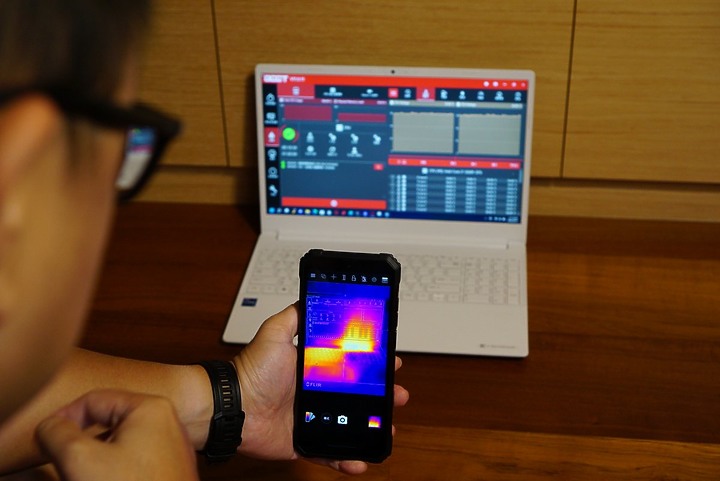Waterproof rating comparison: 5ATM vs 3ATM
Welcome to Blackview (Supply budget waterproof phones and smartwatches) blog. Hope the guide helps.
Believing that those who often wear smartwatches are not unfamiliar with the waterproof rating. When it comes to waterproof ratings, the terms 5ATM and 3ATM are commonly used to indicate the level of water resistance a device has. These ratings are often associated with smartwatches and other smart wearable devices. Let's compare the two ratings to understand their differences and what they mean in terms of water resistance.

5ATM:
The term "ATM" stands for "atmospheres," which is a unit of pressure. A 5ATM rating means that a device is capable of withstanding water pressure equivalent to 5 atmospheres or 50 meters (164 feet) of static water pressure. In practical terms, some (not all) devices with a 5ATM rating are suitable for swimming, showering, and other water-related activities, except for deep-water diving or high-velocity water sports.
3ATM:
A 3ATM rating indicates that a device is capable of withstanding water pressure equivalent to 3 atmospheres or 30 meters (98 feet) of static water pressure. Devices with a 3ATM rating are generally considered water-resistant but not fully waterproof. They can handle brief water exposure, such as accidental splashes, rain, or handwashing, but they are not recommended for swimming or showering.
Comparison:
The key difference between 5ATM and 3ATM ratings lies in their water resistance capabilities. A 5ATM-rated device offers a higher level of water resistance compared to a 3ATM-rated device. While both ratings provide protection against water exposure to some extent, it's important to understand their limitations and use them accordingly.
If you need a device that can handle activities like swimming or showering without any issues, a 5ATM-rated device would be more suitable. It provides a higher level of water resistance and can withstand greater water pressure. However, it's important to note that 5ATM does not mean the device is suitable for deep-water diving or activities involving high-velocity water, such as waterskiing or jet skiing.
On the other hand, a 3ATM-rated device is better suited for everyday situations where you might encounter light water exposure or accidental splashes. It offers some level of water resistance but is not intended for prolonged water immersion or water-related activities.
It's worth mentioning that water resistance can degrade over time due to factors such as wear and tear, temperature changes, and aging of the device's seals. Regular maintenance and adherence to the manufacturer's guidelines are crucial for ensuring the longevity of water resistance capabilities.
In summary, while a 5ATM-rated device provides a higher level of water resistance and some are suitable for swimming and showering, a 3ATM-rated device offers limited water resistance and is more appropriate for everyday situations with occasional water exposure. It's important to consider your specific needs and activities when choosing a device with a suitable waterproof rating.
Related posts,







